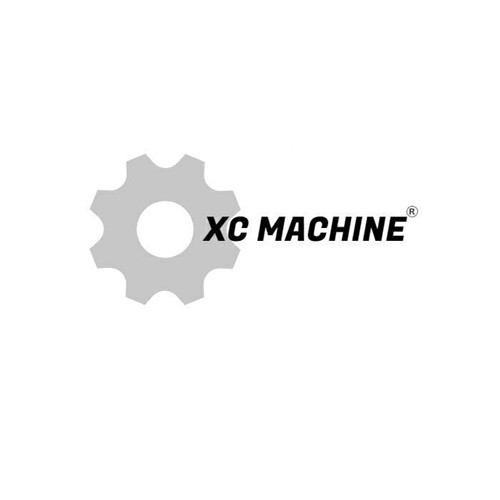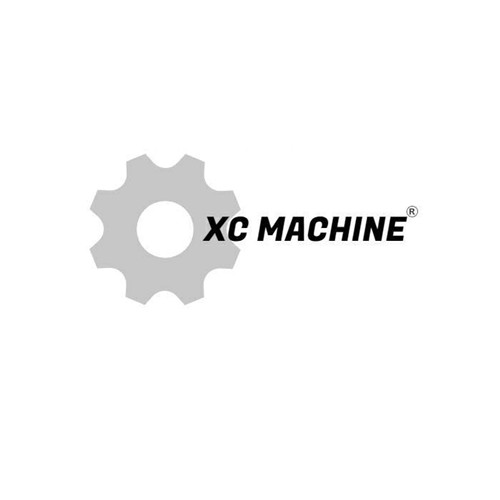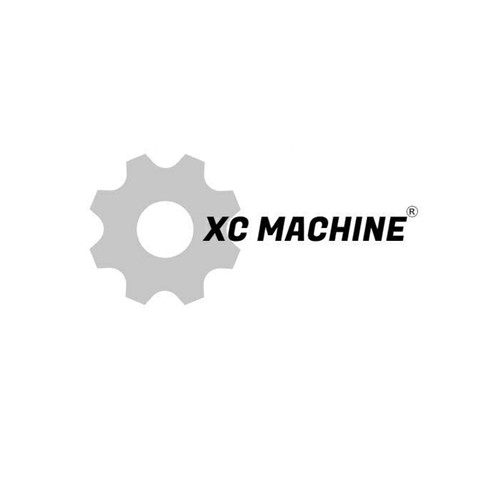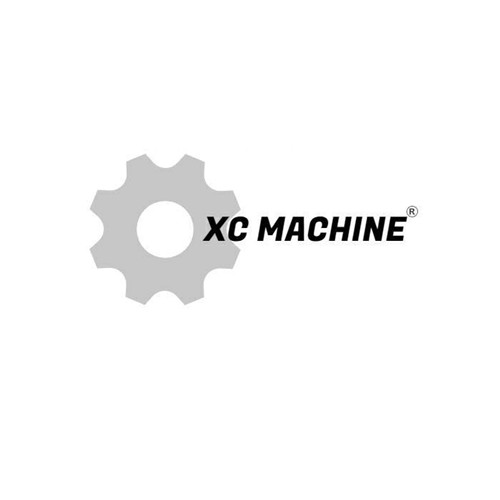The larger, the lonelier. I felt a sense of this when I saw those imagined giant machines.
Recently, a certain domestic model blogger has continuously published several articles speculating about giant mining machinery, involving several non-existent models, including the Komatsu WA1800 loader, the Caterpillar 6190 hydraulic shovel, the O&K RH900 hydraulic shovel, and the Liebherr T296 dump truck, and accompanied them with very exquisite 3D models and related scenes.
The source of these imagined models is not this model blogger, but a French model expert. As can be seen from the names, these models follow the naming rules of the related enterprises. However, they are much larger, so large that even the original manufacturers might not have imagined them. Moreover, O&K has already gone out of business and is still designing models for it.
This French model expert must have done it out of passion and has a good understanding of the related mining machinery. The models made with the SketchUp software are also very meticulous, with detailed and realistic features. The shapes of these several models follow the original factory style, but they are not simply enlarged; instead, some of the designs have been reasonably incorporated by himself. Due to their sufficient professionalism, these designs are not out of place.
However, imagination is one thing, while reality is another. Enthusiasts often have the notion that the technical aspects of large-scale machinery are not a problem; it's just that there is no market demand. In fact, this notion has certain limitations and is somewhat biased. The market is one factor, but on the other hand, technology also limits the large-scale production of equipment.
By looking at the development history of large-scale mining equipment, it can be observed that those devices that only need larger structural components and more motors to increase power, such as giant excavators and backhoes, can be easily made very large. They reached their peak in the 1960s and 1970s and then developed slowly or even stagnated. However, those devices using internal combustion engines and rubber tires have developed relatively slowly and did not reach their peak until the end of the 20th century and the beginning of the 21st century, which is the current approximate level, such as Caterpillar 6090, Liebherr T284, and Komatsu L-2350.
Making the equipment larger simply means enlarging the structural components. At the same time, the power must be compatible. All the links in the power transmission chain also need to be compatible accordingly. If one link cannot be matched, the large-scale production cannot be achieved. Another important factor is economy. If the huge cost of achieving large-scale production cannot be covered by the increased revenue, then large-scale production is meaningless.
The larger the equipment is, the more problems it encounters. For the manufacturers of the mainframe, the most critical issue is the lack of selectivity in key components and the scarcity of suppliers. Before the 1980s, in order to achieve large-scale production, various solutions were attempted by different manufacturers. For instance, they used multi-axis dump trucks with smaller tires to reduce the requirements for tires, and installed diesel engines from locomotives on dump trucks, and even used gas turbines.
Even to this day, when major manufacturers are developing larger models, they still face a dilemma of having too few or too many options. Who will provide the components for such large-scale equipment? Without a sufficient quantity, neither the component suppliers nor the main equipment manufacturers have the motivation. Even if it is produced, the cost would be astronomical, and users would not be willing to pay for it.
So we often say that the problem with technology is not really there, right? Humans still haven't found more economical and practical technologies to apply to large machinery. The Komatsu D575 bulldozer once surpassed the Caterpillar D11. Could Caterpillar not make the D12? Now the D575 has already been discontinued due to insufficient orders, while the D11 can still maintain a production volume in the triple digits. The Caterpillar 6090, Liebherr T284, Komatsu L-2350 and other equipment actually have very low annual sales volumes, and the larger the size, the lonelier they are.





